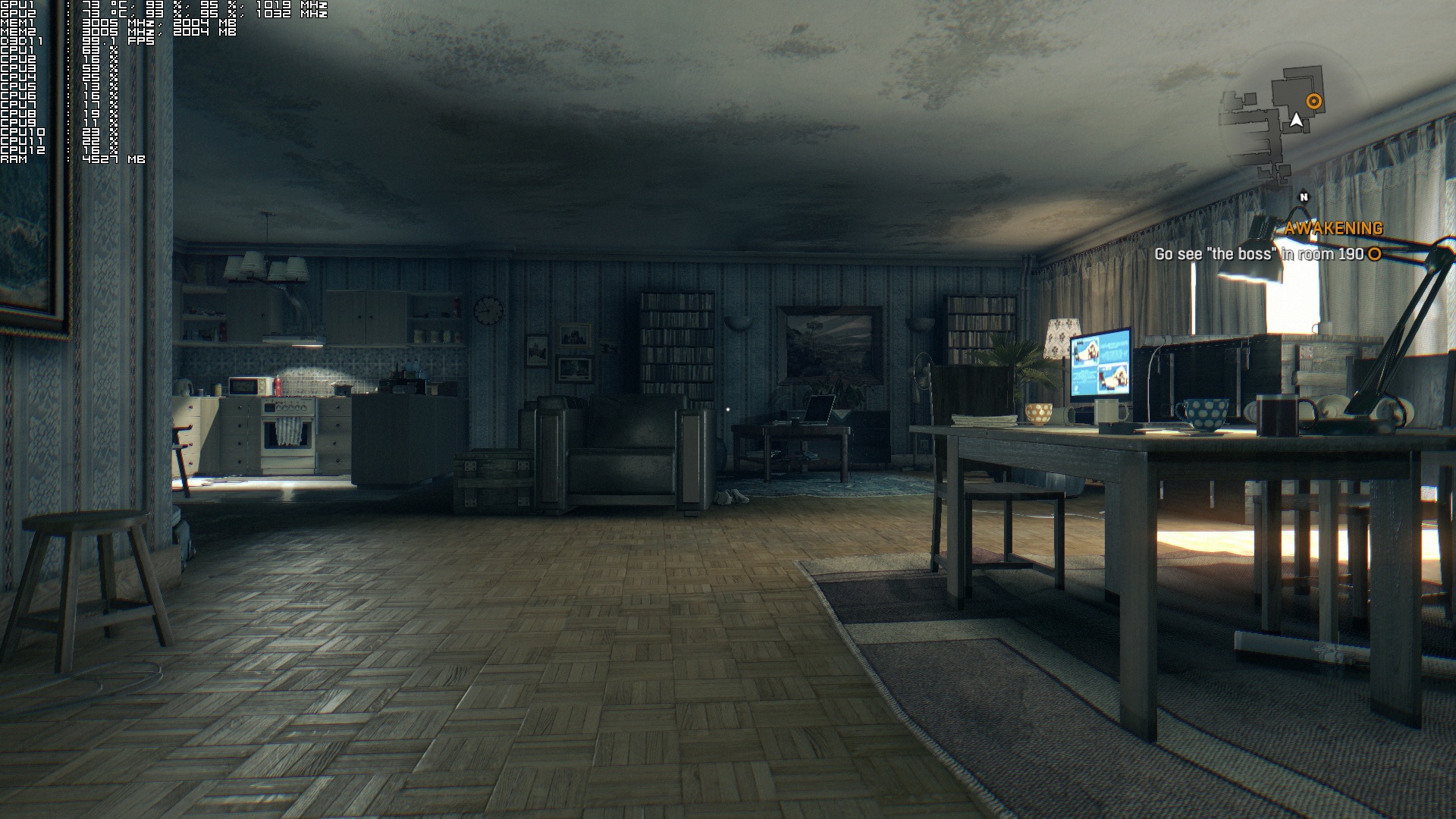


Aiden is much safer if he stays on the rooftops, leaping from building to building, using architectural features, ropes and ladders to maintain verticality. Where that game’s unique selling point was its swarms of AI monsters, Dying Light 2 has parkour. Indeed, Dying Light 2 feels like a B-movie undead reskin of Far Cry or Assassin’s Creed – rather like Days Gone. Everywhere you go there are hidden weapon caches, bandit camps and train stations to unlock for fast travel, and windmills that must be powered up to create safe houses – a game design trope instantly recognisable to anyone who’s played an open-world adventure since 2012’s Far Cry 3. The various territories of the city are all teeming with the undead, and also side-quests.

Sound familiar? If you’ve played a zombie game in the past decade, it certainly should. You take on missions for various shouting sociopaths, all competing to either save the world or blow it up, or some unfeasible combination of the two. Here, three warring tribes endlessly fight for resources, using a familiar combination of melee combat and unconvincing dialogue. The search for his long-lost sibling has led him to a sprawling city somewhere in Europe.
#Dying light only sound download#
Interested in learning more about breathing patterns near death and other signs at the end of life? You can download a free guide to end-of-life signs and symptoms by completing the form on this page.A iden is a pilgrim, a nomadic survivor who wanders the zombie wastelands of Dying Light 2, taking goods from one settlement to another like some sort of post-apocalyptic Deliveroo rider. Once the patient has passed away, their hospice nurse will pronounce death. Muscles may twitch or they may sigh deeply. In the final few moments, the individual may continue to have some physical reactions caused by the chemical imbalance in their body.
The patient may experience terminal restlessness or agitation. The patient’s need for food and fluid decreases. The patient may experience incontinence or a decrease in urine output. The patient spends more time sleeping or becomes unresponsive. Extremities may become mottled and cool to the touch. The patient may experience confusion or be unable to identify family and friends. Although no one can predict the exact moment of death, knowing the signs and symptoms that indicate death is coming can help family members prepare. In addition to end-of-life breathing patterns, there are several other end-of-life signs to be aware of. What are some of the other signs that death is imminent? These cycles of breathing will become increasingly deeper and can be difficult for family members as they wait for the final breath to come. Patients who experience Cheyne-Stokes breathing will take several breaths followed by a long pause before regular breathing resumes. It is named for the physicians John Cheyne and William Stokes, who first described the pattern in the early 1800s. What is Cheyne-Stokes breathing?Ĭheyne-Stokes breathing is an abnormal pattern of breathing commonly seen as patients approach death. A change in the patient’s position or administering medication to dry the secretions can help to reduce the sound, but may not completely eradicate it. These secretions gather in the throat, causing a gurgling sound commonly referred to as “the death rattle.” This sound causes no pain to the individual, but can be difficult for families to hear. The time between breaths can begin to stretch out with many seconds or even minutes passing between breaths.īreathing patterns before death may also become louder as they are no longer able to swallow or clear away secretions in their throat. In the days and hours before a patient passes away, it is common for their breathing to become irregular. How do breathing patterns change near death? Families may choose to use this time to maintain a calm, supportive presence for their loved one, sitting with them quietly or speaking to them, saying prayers, or playing soft music. This is a normal part of the dying process as the body begins to slowly shut down. These end-of-life breathing patterns can happen very quickly, or it can occur over many hours or even days. As a patient nears death, it is common for their breathing patterns to change.







 0 kommentar(er)
0 kommentar(er)
